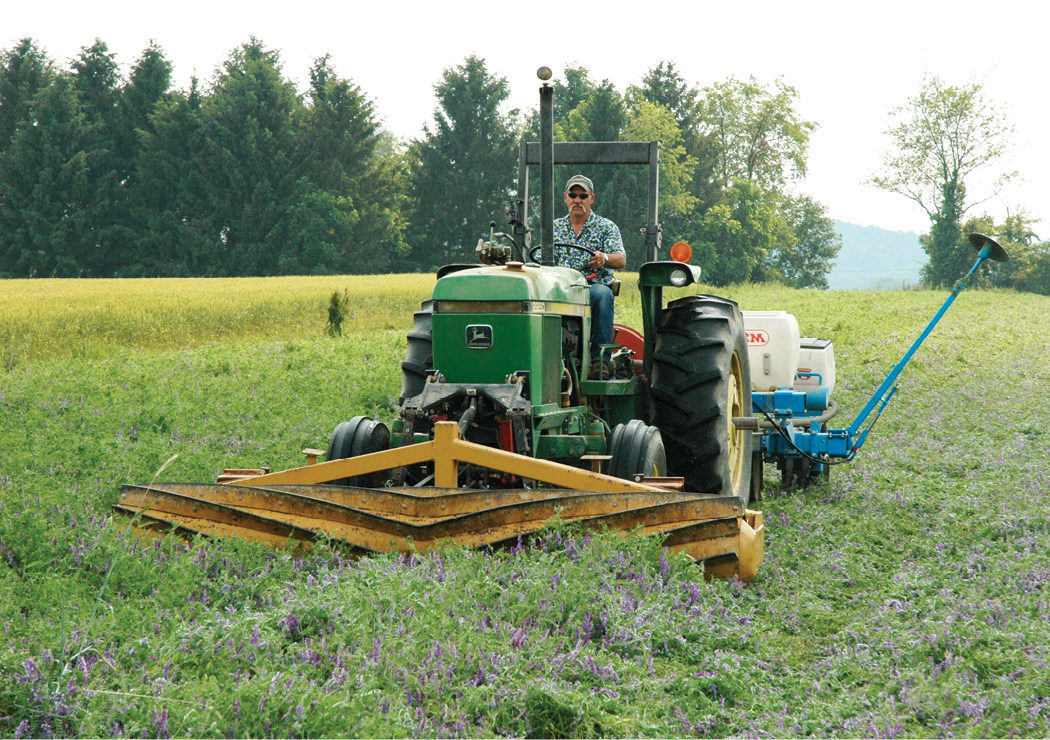No-Till Farmer
Get full access NOW to the most comprehensive, powerful and easy-to-use online resource for no-tillage practices. Just one good idea will pay for your subscription hundreds of times over.

If no-tillers were ever considering getting into organic production, now may be the perfect time.
Growers who are meeting the demand for organic products today are being rewarded. Organic ridge-tiller Ron Rosmann says he’s receiving about $10 per bushel for corn and $24 per bushel for soybeans.
But it’s no secret that organic production has its challenges. Without the use of herbicides and other chemicals, trying to manage weeds while working within the confines of no-till may make organic production seem nearly impossible.
And for those who want to practice continuous no-till, it just may be.
But researchers and growers believe it’s possible to implement conservation practices — even no-till — in an organic system, and the marriage of the two has its challenges and rewards.
According to the USDA’s online magazine Amber Waves, U.S. organic food sales were estimated at $28 billion in 2012, up 11% from 2011, with industry data suggesting that produce and dairy are the top two organic food categories.
Of U.S. cropland, only about 0.7% was in certified organic production in 2011, with only 0.3% of corn, 0.2% of soybeans and 0.6% of wheat — the country’s top field crops — in certified organic production that same year.
“All indications are — and have been for many years — that the organic marketplace is continuing to grow,” says Jeff Moyer, farm director of the Rodale Institute. “We have a lot of domestic demand for grain that’s not being met, so a…